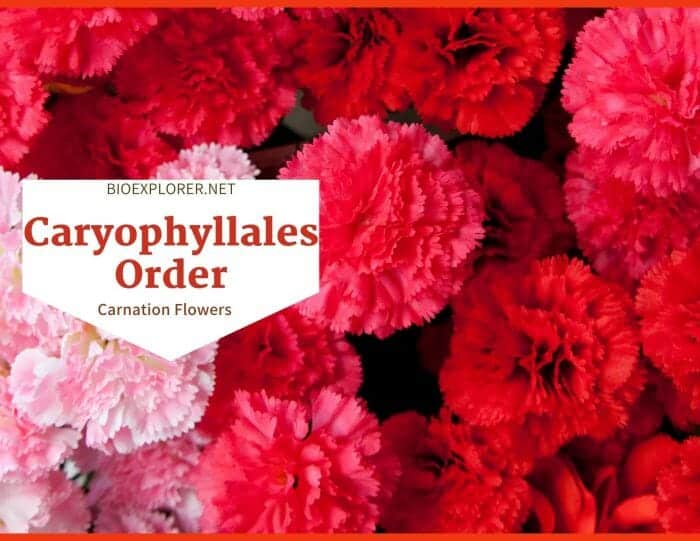
Caryophyllales is a large and diverse order of dicotyledonous flowering plants. Members under Caryophyllales are distributed on all the continents and are notable for their morphological uniqueness and ecophysiological adaptations.
Most Caryophyllales plants are distinct with their tolerance of extreme drought, truly adult wood patterns, and the presence of betalain pigments. They are either unisexual or bisexual. The species of Carnation, Four O’clock, and Cactus belong to Caryophyllales and offer great beneficial use.
Table of Contents
Caryophyllales Pronunciation
Caryophyllales Families
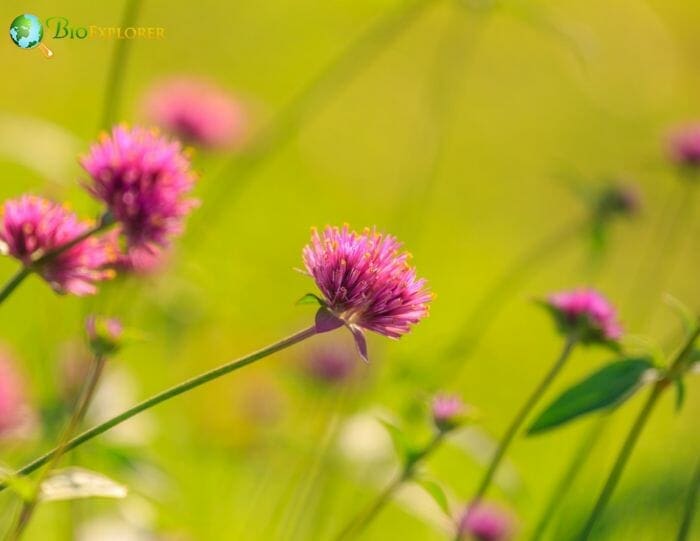
There have been difficulties with the circumscription of some families in Caryophyllales, and several relationships within the order are still unclear. The APG IV system of classification includes many very small families under Caryophyllales. It comprises 37 families, 722 genera, and some 12,000 species.
- Achatocarpaceae (Snake-eyes family)
- Aizoaceae (fig-marigold family)
- Amaranthaceae (Amaranth family)
- Anacampserotaceae (Anacampseros succulents family).
- Ancistrocladaceae (Kardal family)
- Asteropeiaceae (Manoko family)
- Barbeuiaceae (Barbeui family)
- Basellaceae (Madeira-vine family)
- Cactaceae (Cacti family)
- Caryophyllaceae (Carnation family)
- Didiereaceae (Madagascar ocotillo family).
- Dioncophyllaceae (Hook-leaf vine family).
- Droseraceae (Sundew family)
- Drosophyllaceae (Dew-pine family)
- Frankeniaceae (Sea-heath family)
- Gisekiaceae (Oldmaid plant family).
- Halophytaceae (Halophytum family)
- Kewaceae (Kewa plant family).
- Limeaceae (Limeum family)
- Lophiocarpaceae (Prostrate purselane family).
- Macarthuriaceae (Keighrey’s Macarthuria family).
- Microteaceae (Jumby-pepper family)
- Molluginaceae (Carpet weed family).
- Montiaceae (Pussypaws family)
- Nepenthaceae (Asian-pitcher plant family).
- Nyctaginaceae (Four o’clock family).
- Petiveriaceae (Pigeonberry family)
- Physenaceae (Balloonfruit family)
- Phytolaccaceae (Pokeweed family)
- Plumbaginaceae (Thrift family)
- Polygonaceae (Smartweed family)
- Portulacaceae (Purslane family)
- Rhabdodendraceae (Rhabdodendron family)
- Sarcobataceae (Greasewood family)
- Simmondsiaceae (Jojoba family)
- Stegnospermataceae (Cuban tangle family).
- Talinaceae (Panicled fameflower family).
- Tamaricaceae (Salt-cedar family)
![]()
Caryophyllales Distribution

The estimated 12,500 species in the Caryophyllales[1] are distributed on all the continents. They can survive in various habitats and are found in all major terrestrial ecosystems. The members possess particular adaptations that enable them to survive the extremes of the environment.
- The Carnation family, Caryophyllaceae, has many halophytic (salt-loving) members. They are also adapted to survive in deserts. This family has a worldwide distribution, chiefly in the northern hemisphere.
- The Amaranthaceae (Amaranth family) members are also primarily distributed worldwide. Most of the members are found in deserts, tropical and temperate regions, and regions of estuarine and alkaline.
- The Aizoaceae (fig-marigold) species are found in the tropics and subtropics regions. Most of the species are found in South Africa. However, some members are also in Australia.
- The Cactaceae (Cacti family) species are chiefly distributed in the hot desert and semi-desert regions, principally in the New World. Mexico holds the greatest number and variety of cactus.
- Polygonaceae has a worldwide distribution. Most of the species are found in the Northern Hemisphere’s temperate regions. The Plumbaginaceae, Droseraceae, and Portulacaceae families have a cosmopolitan distribution.
- The Plumbaginaceae members are usually thriving in coastal environments or salt marshes.
- Portulacaceae are most diverse in Southern Hemisphere’s semi-arid regions. However, a few species are also found in the Arctic regions.
- Species of Nyctaginaceae are primarily found in the tropical and warm temperate regions. The small family of Frankeniaceae is distributed in the regions of the warm-temperate. They are most abundant in the dry regions of South Africa, South America, and the Mediterranean. Members are also found in Australia.
- Having only 1 genus (Nepenthes), Nepenthaceae is commonly found in Madagascar, Southeast Asia, and Australia.
- The Tamaricaceae members are growing in dry alkaline areas. Molluginaceae are most diverse in Africa. However, members are also found in the dry environments of the Neotropics.
- The main distribution of Phytolaccaceae is in South Africa and the tropics and subtropics of America. On the other hand, basellaceae members are chiefly distributed in the tropical regions of the New World.
![]()
Caryophyllales Characteristics
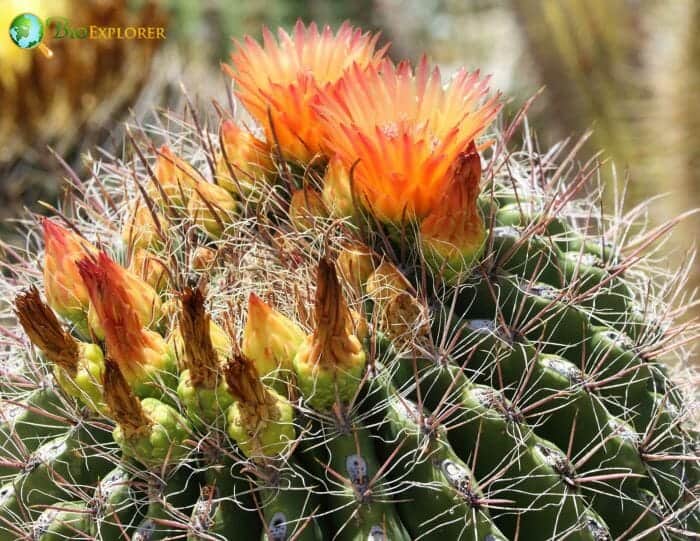
- Plant Type: Members of Caryophyllales involve trees, shrubs, and lianas. Other members are succulents. There are also insectivores. Most of the species prefer drier conditions or environments. Very few thrive in wet environments. Many members are tolerant of extreme drought. However, some species can survive in extreme cold. The members develop physiological adaptations to adapt to the habitat. Some of these involve carnivorous digestion and CAM or C4 photosynthesis. Most members are halophytes (salt-loving). The betalain pigment is present in almost all families.
- Stem: “Truly adult” wood patterns are observed in a few families in this order. Most lianes members manifest anomalous secondary thickening by successive cambia. Maximally biseriate rays are also present in the members.
- Leaves: The plants of this order are characteristically small with relatively high nitrogen in the leaf. Their lamina margins are entire.
- Flowers and Inflorescences: The flowers are unisexual or bisexual. The flowers are solitary, in dichasial cymes, or unbranched racemes. The cacti have areoles, where the spines and flowers originate.
- Sepals and Petals: The flowers mostly have 5 sepals (free or fused) and 5 petals (entire, fringed, or deeply cleft).
- Stamens and Carpels: The stamens are 5 or 10, or mostly isomerous with the perianth. The carpels are 2-5; syncarpousWhat is syncarpous?Having united carpels. Contrast apocarpous..
- Ovary and Fruit: The ovary is mostly compound. The fruit may be a utricle or loculicidal capsule.
- Seeds: The seed is exotestal with a long embryo.
![]()
Caryophyllales Flowers and Reproduction

Caryophyllaceae[2] represents one of the more prominent families under Caryophyllales. The flowers are actinomorphic, unisexual or bisexual, and usually hypogynous.
- The flowers are in solitary or in the inflorescence of dichasial cymes. The perianth is dichlamydeous and biseriate. Most of the species lack hypanthium. Generally, the flowers of Caryophyllaceae are pentamerousWhat is pentamerous?Having parts in fives or multiples of five.[3], rarely tetramerous.
- The calyxWhat is calyx?A collective term for all the sepals of a flower; the lowermost whorl of floral orgrans (Plural form is calyces). of the flowers is usually synsepalous with 5 (sometimes 4) sepals. The corollaWhat is corolla?A collective term referring to the petals of a flower. is apopetalous with 5 petals; clawed. Some species have 4 or no petals. There are usually 5-10, sometimes 1-4 stamens; uniseriate or biseriate. There are 2-5 carpels in the ovary.
- Carnations (Dianthus caryophyllus), a notable species under this order, are chiefly pollinated by butterflies and other insects.
- The cactus[4] (139 genera and nearly 2000 species) flowers are usually bisexual and actinomorphic. Cacti have areoles, where the spines and the flowers originate. Floral colors vary on the species of the cactus. Blooms range from white to bright color. The flowers are often large and solitary.
- The floral tube growing above the ovary (one-chambered) is present in all the genera. Many petal-like structures and nearly leaflike structures are found in the floral tube. It is difficult to distinguish the sepals and the petals in the cactus. They gradually change from one to another.
- Pollination in Cactaceae may be via wind, insects, birds, or bats. Detachment of the floral tube happens after the pollination, leaving a prominent scar.
- The flowers of the pitcher plants (Nepenthaceae[5] ) are small, unisexual, and usually in more or less unbranched racemes. Their flowers rise above the pitchers. These flowers are harmless, unlike the pitchers that capture the visiting insects.
- Both the male and female flowers possess 3-4 perianth parts. Flowers can be red, purple, burgundy, pink, yellow, or white. In addition, nectaries are present in the perianth.
- The flowers are stalked and have a very unpleasant smell (malodorous). There are 4-25 fertile stamens, and the carpels are 4; fused. The ovary is superior. Pollination in this family is chiefly by insects.
![]()
Unique Characteristic of Caryophyllales
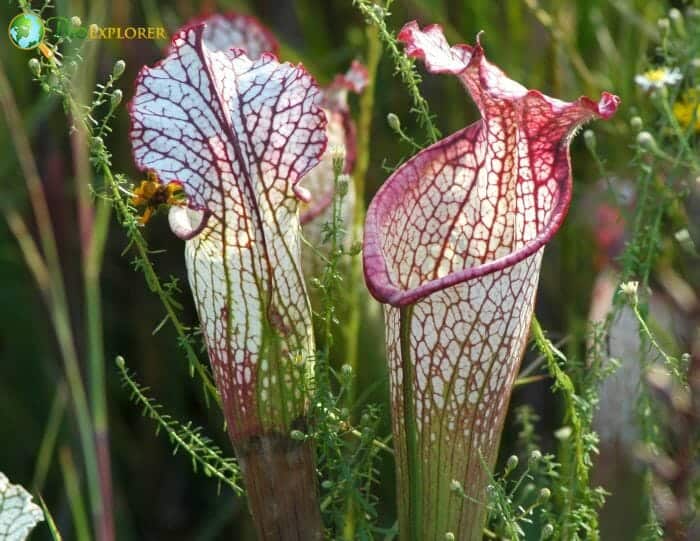
The presence of betalain pigment[6] in the plants, instead of anthocynin, is unique in this order.
- Betalain pigment is present in all the families, except Caryophyllaceae and Molluginaceae.
- Betalains are red to violet betacyanins and yellow betaxanthins. Betalain is also found in a few genera of fungus. Still, its taxonomic distribution in the flowering plants is limited to order Caryophyllales.
- The pigments anthocyanin and betalain are never found in the same plant. Therefore, the researchers hypothesized[7] that betalain (particularly betacyanins) has the same function as anthocyanin.
- Functions involve pollination, seed dispersal facilitation, and possible roles in stress tolerance.
![]()
Caryophyllales Example species
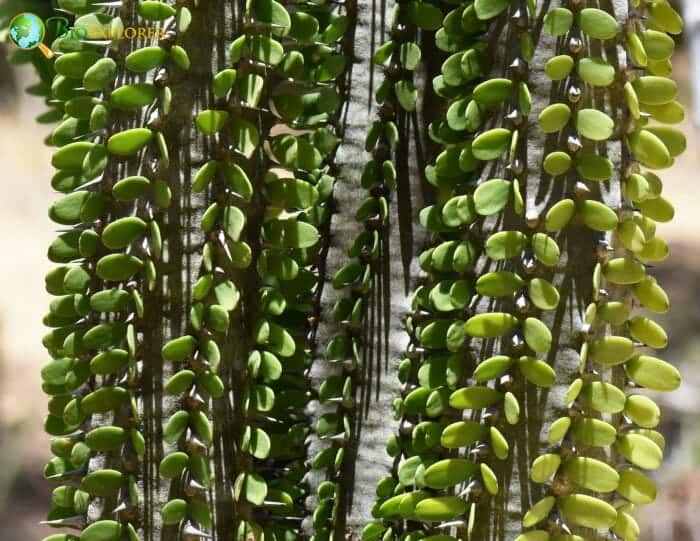
The plants of Caryophyllales are essential sources of food and ornamentals. The following are the plants under this order:
- Carnation or clove pink – The plant is garden ornamental and a source of oil for making soap. This plant is also used in medicine and cookery.
- Common amaranth – The plant is eaten as a vegetable. It also has medicinal value.
- Cactus – Many plants are used as ornamental and fodder or forage. Others are consumed as food.
- Common swamp pitcher plant – The species is utilized as folk medicine.
- Sour fig or Highway Ice Plant – The leaves and fruit of this species are edible.
- Saint Helena tea – The plant is used as tea.
- Madagascar ocotillo – This plant is sometimes used as a garden and houseplant.
- Lotus sweetjuice – The species is consumed as food. It also has medicinal uses.
- Four o’clock – The species is used as an ornamental plant.
- ‘Ladys thumb[8] – The species is used as folk medicine.
![]()











